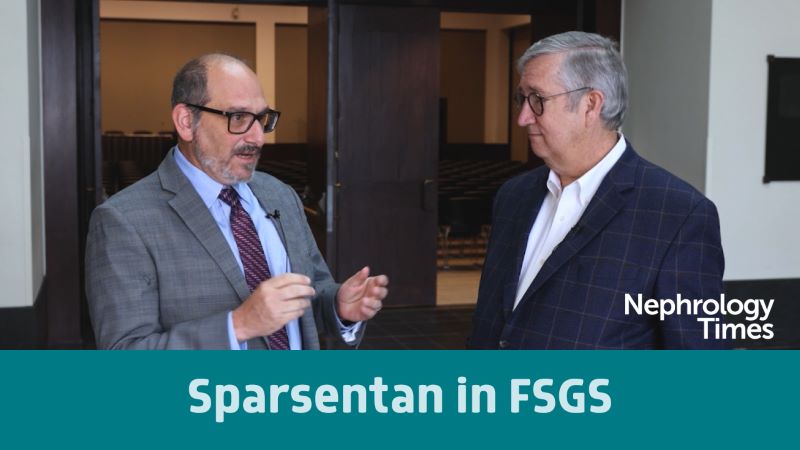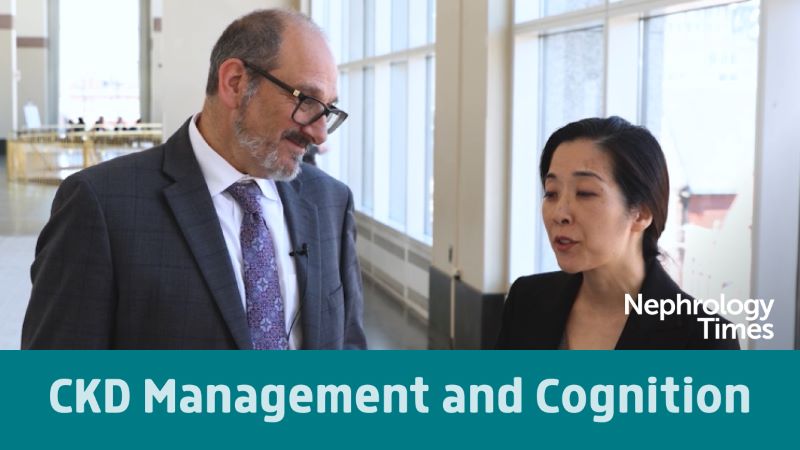Smoldering Multiple Myeloma: Prognostic Value of Circulating Tumor Cells
By DocWire News Editors - Last Updated: April 27, 2023Dr. Urvi Shah:
Hi. Yeah, I think there was a lot of data in this space, as you mentioned already, and a few things that come to mind. Me and Dr. Hultcrantz are splitting it up so that we don’t repeat ourselves. She’s going to talk more about the iStop, but things that I found interesting were the circulating tumor cells being prognostic, I think that was very interesting. The largest study on that was presented by García and Bruno Pavia’s group.
What they showed is that circulating tumor cells in both smoldering myeloma, newly diagnosed, and relapsed refractory can be prognostic. And they showed that if it’s greater than or equal to 0.2% in the newly diagnosed or relapse setting, then that is an independent prognostic factor—even more so than some of the other factors we already know. And in the smoldering setting, it was 0.02%. And those that had more than that had a median duration progression to myeloma for 11 months.
They also showed that there was a high similarity between the bone marrow and the peripheral blood tumor cells, which I think is also helpful, because patients don’t like to do bone marrow biopsies and this could be a good transition to being able to monitor disease with the peripheral blood. And, very similar to this, was the PCROWD study looking at circulating multiple myeloma cells in 185 patients with precursor disease.
They showed that they were able to detect it in 84% of them. And they said that those who had it also had very similar genetic changes to the bone marrow. And the circulating tumor cells were associated with risk classifications. Those were the two for circulating tumor cells, I think, and then there was some data on the mass spectrometry or the better way of detection of the protein in the blood.
On the lines of that, I think you know there was a study in the newly diagnosed setting looking at a mass spec and next-gen sequence flow with the PATINA study looking at — it was very predictive of PFS, not so much the immunofixation. So, those are some of the few. I could talk about one more, which is the MGUS-like phenotype. I think that was also predictive with the Spanish group looking at 5,100 or so patients. That was a big study, but they were able to predict with MGUS myeloma smoldering and AL amyloidosis, if the patients had this MGUS-like phenotype, they did better than those who didn’t.
Saad Usmani:
Yeah. I was going to mention that study. I’m glad that you brought that up, that last one.
Dr. Urvi Shah:
Yeah.
Saad Usmani:
MGUS phenotype, that idea is quite old. It’s almost like two decades old. And the original concept about this MGUS phenotype, again, a lot of things go back to Arkansas and some of the gene expression profiling and flow work that was done there. The CD2 molecular subgroup of cyclin D1 over expresses with CD20 positivity, that subset was identified back then. It’s hard to imagine almost two decades. And that’s what Bruno Pavia looked at early on back in the mid-2000s, and built on this MGUS phenotype, and we are able to better characterize that genomically today.
Saad Usmani:
I love that study. I think that is probably going to be one thing we’re going to be looking at. Even in those patients who end up having residual disease MGUS-like phenotype post-treatment, I think that’s something super important. I have my own opinions about PROMISE study because it’s not a real screening study, because of the denominator issue. The real study however, that is going to set up the benchmark.







 © 2025 Mashup Media, LLC, a Formedics Property. All Rights Reserved.
© 2025 Mashup Media, LLC, a Formedics Property. All Rights Reserved.